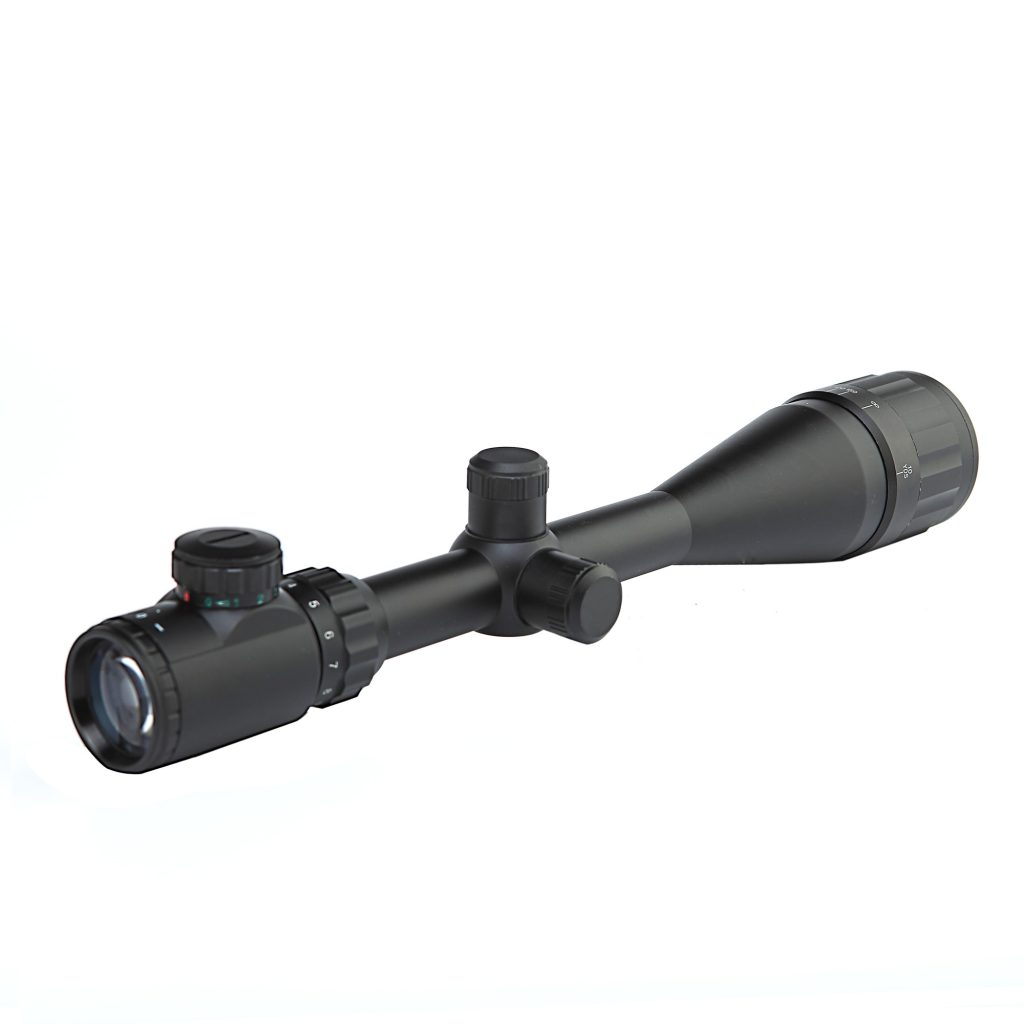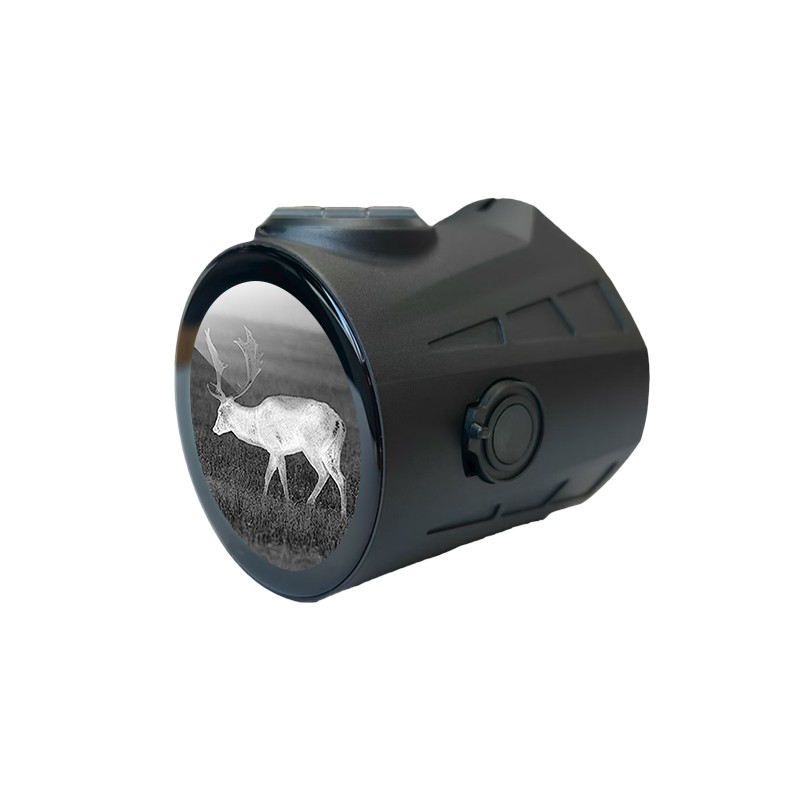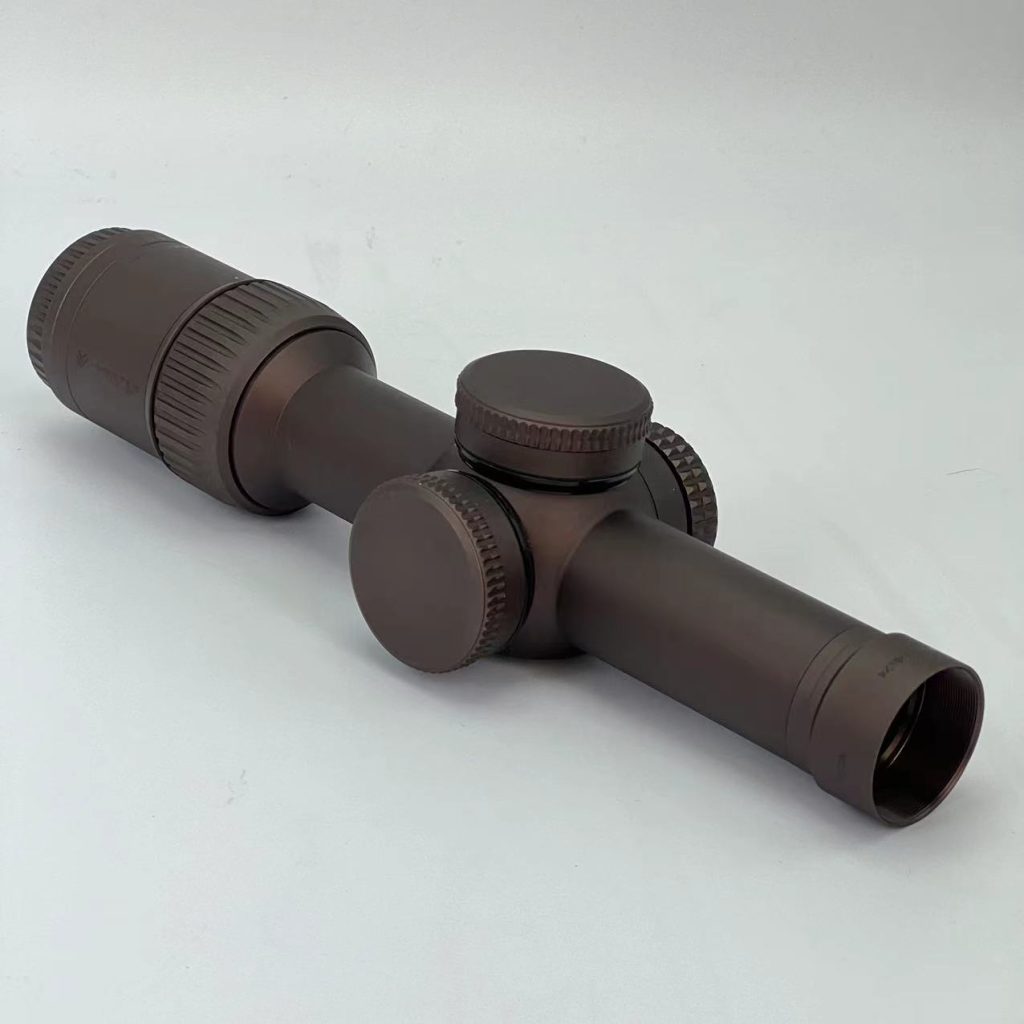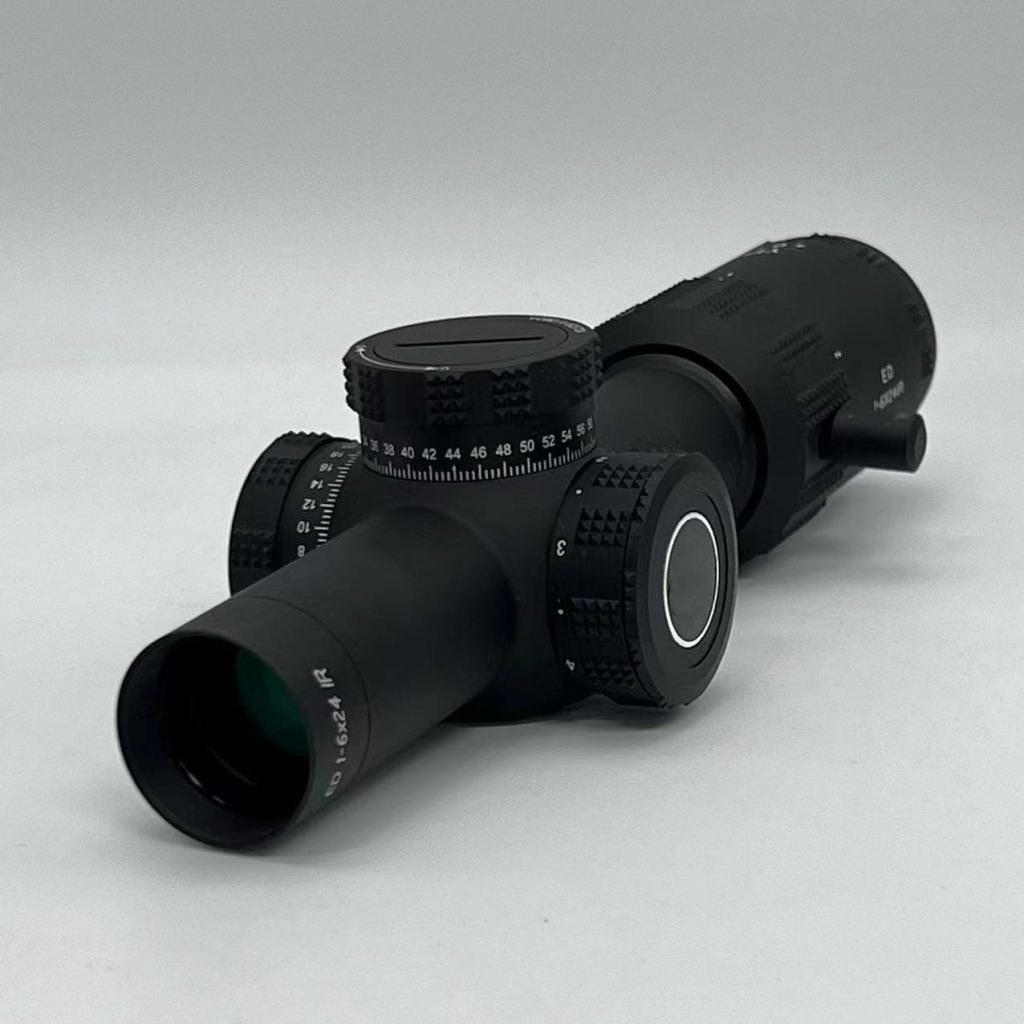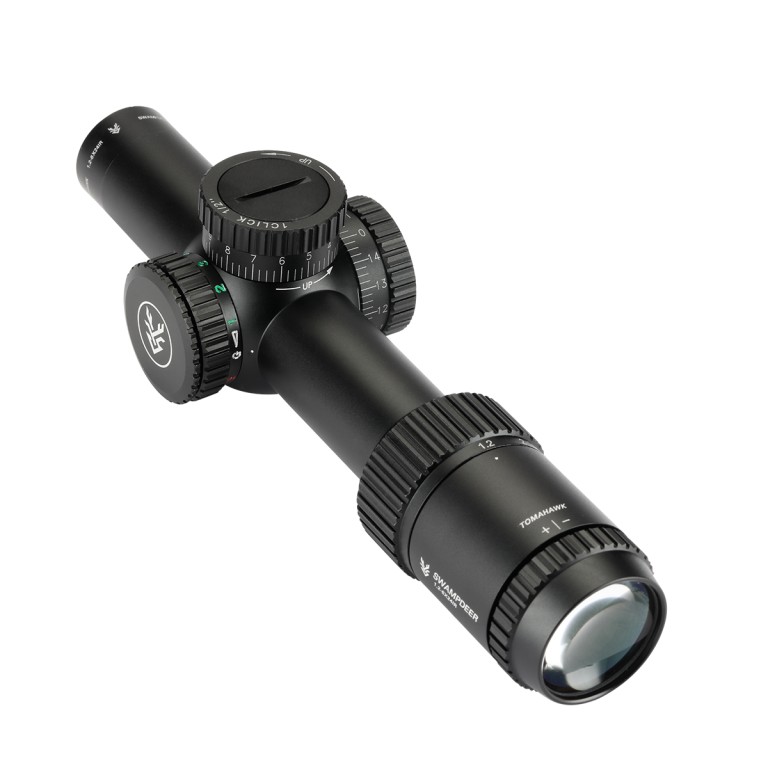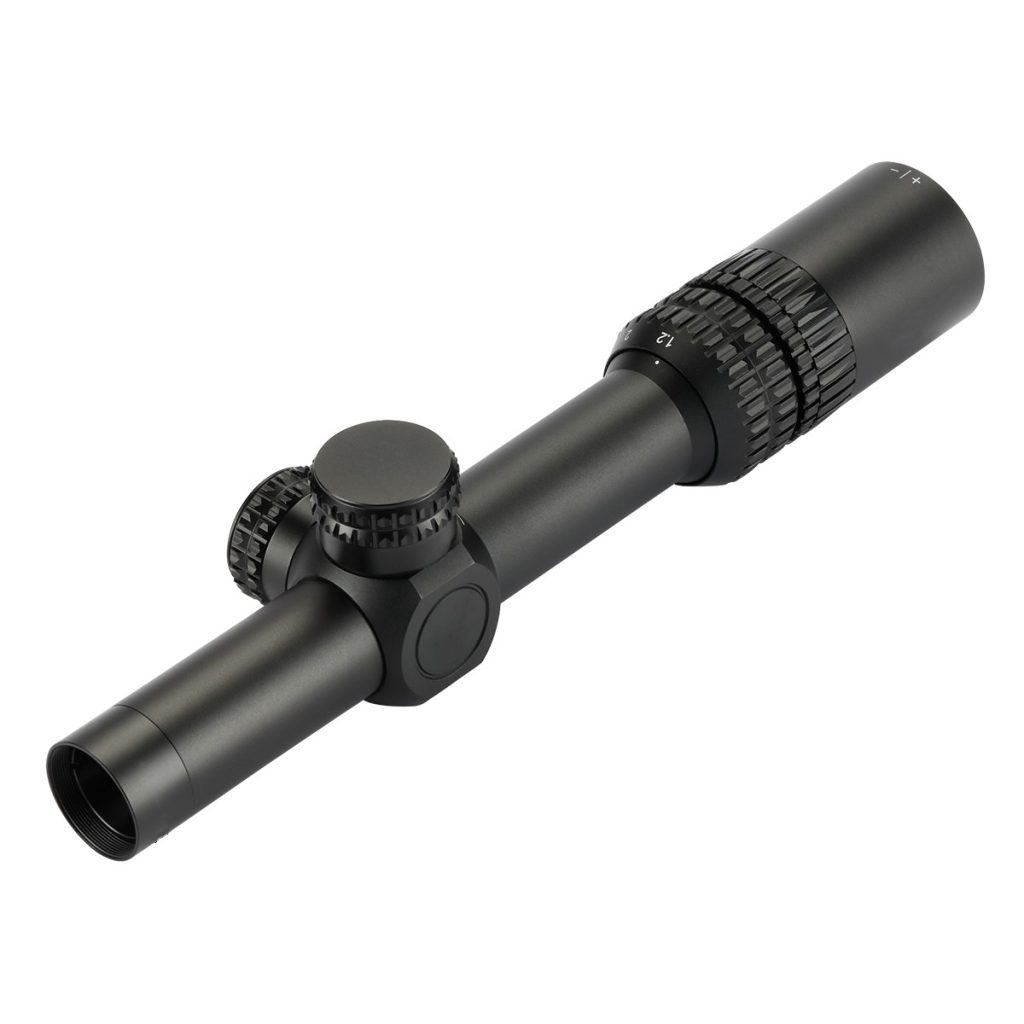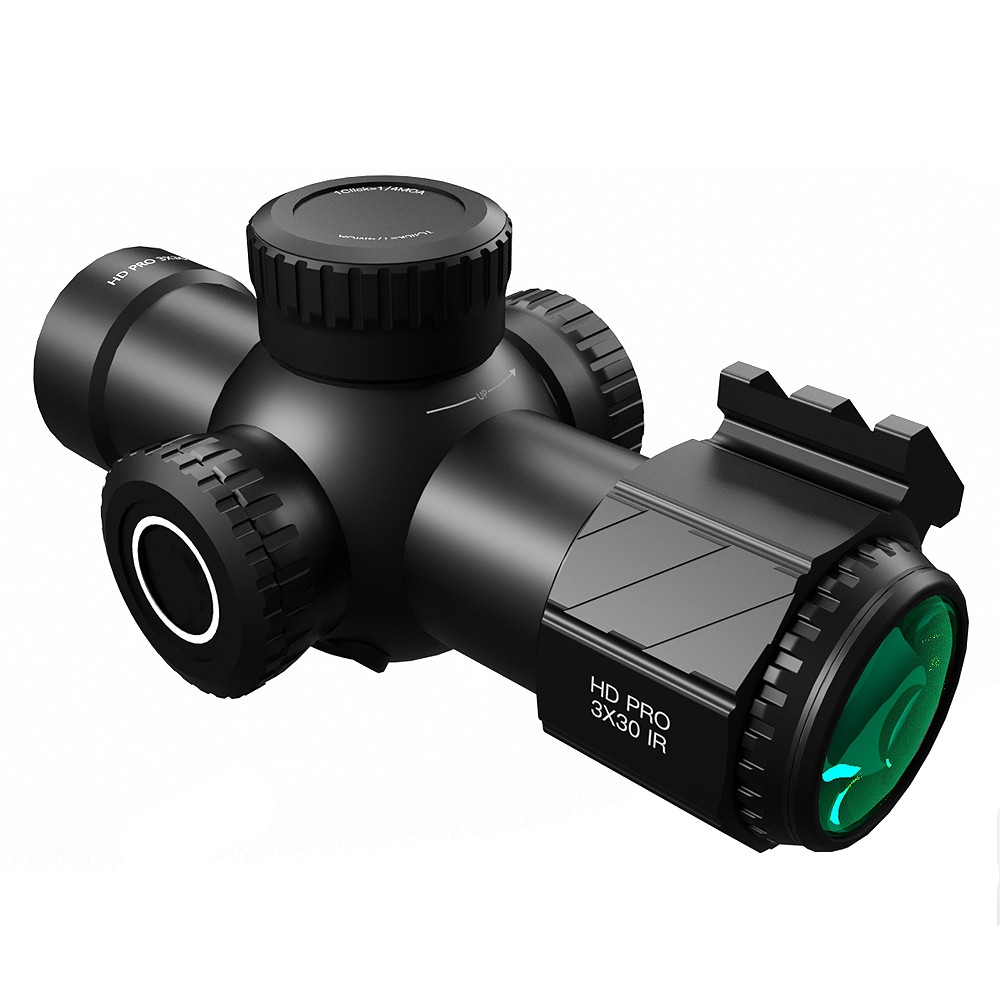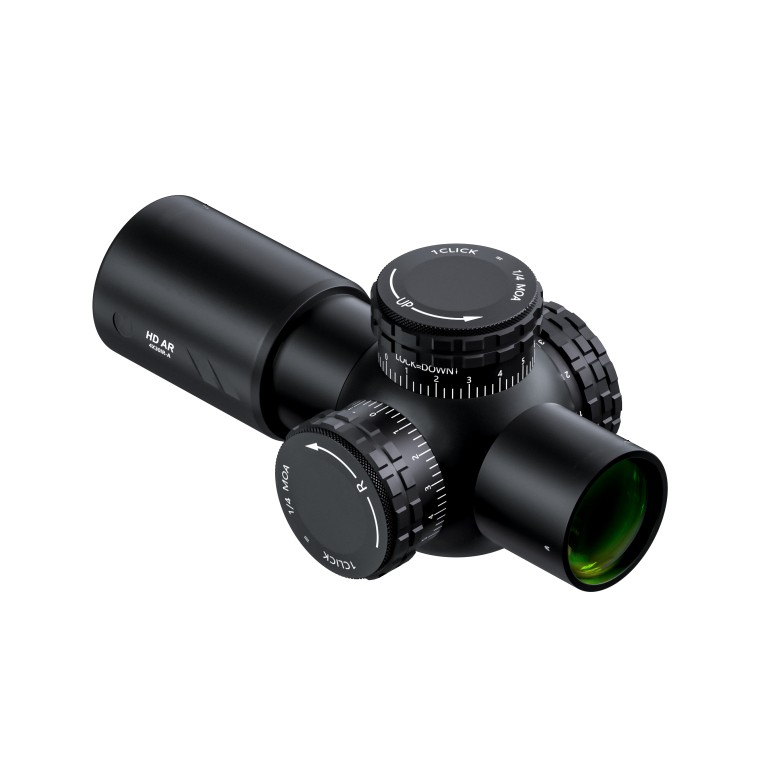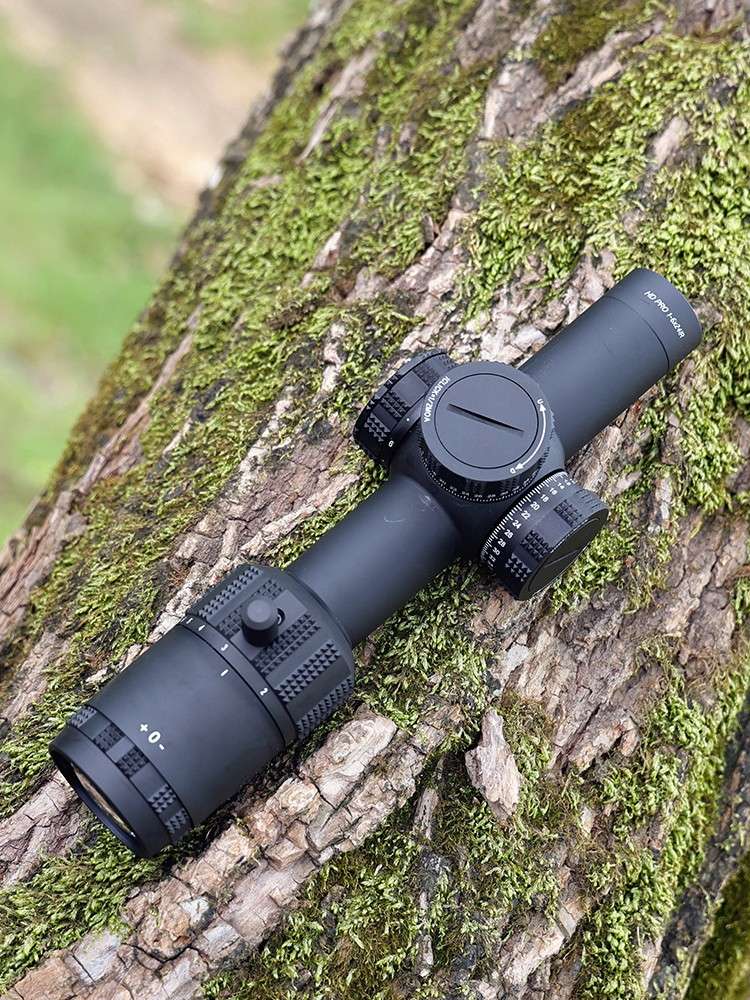For any shooter striving for precision, the rifle scope is an indispensable tool, acting as the eye’s extension to the target. However, the seemingly simple act of aiming can be fraught with subtle optical phenomena that can significantly impact accuracy. One such phenomenon is parallax, a visual error that can lead to inconsistent shot placement, especially at varying distances. Many modern rifle scopes incorporate a feature called parallax adjustment to mitigate this issue. But with these scopes often commanding a higher price tag, the question arises: are they truly worth the investment for every shooter? This article delves into the intricacies of parallax adjustment, explores its benefits, compares different adjustment mechanisms, and ultimately helps you determine if a scope with this feature is a necessary addition to your shooting setup.
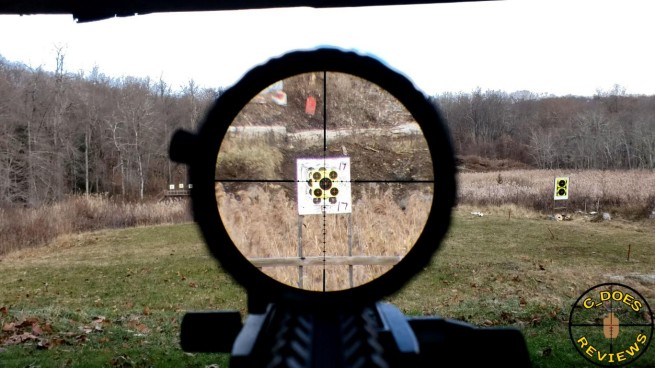
What is Parallax Adjustment?
Parallax in a rifle scope refers to the apparent movement of the reticle (the crosshairs or aiming point) on the target when the shooter’s eye position changes slightly behind the scope. Imagine holding your finger out in front of you and focusing on a distant object. Now, without moving your finger, shift your head slightly to the left or right. You’ll notice that your finger appears to move against the background, even though it hasn’t actually changed its position. This is analogous to parallax in a scope.
In a rifle scope, the objective lens at the front focuses the image of the target onto an image plane inside the scope. Ideally, the reticle is positioned precisely on this same image plane. When your eye is perfectly aligned with the optical axis of the scope, the reticle appears fixed on the target, regardless of minor head movements. However, if the image plane and the reticle plane are not perfectly coincident, or if your eye is not perfectly centered behind the scope, the reticle will appear to shift its position on the target as your eye moves. This shift, even if seemingly small, can translate to a significant error on the target, especially at longer distances.
The occurrence of parallax stems from the fact that the image formed by the objective lens is a three-dimensional space. Only at a specific distance is the image perfectly in focus on a single plane. If the target is closer or farther than this optimal distance, the image plane will be slightly in front of or behind the reticle plane. Consequently, any slight movement of the shooter’s eye will cause the reticle to appear to drift across the target image.
This error becomes more pronounced as the distance to the target increases because a small angular shift in the reticle’s apparent position subtends a larger linear distance on a distant target. For example, at 100 yards, a slight misalignment may not affect accuracy significantly, but at 500 yards, even a small deviation can lead to a missed shot.Therefore, understanding and mitigating parallax is crucial for achieving consistent accuracy, particularly in disciplines like long-range shooting or varmint hunting where precise shot placement is paramount.
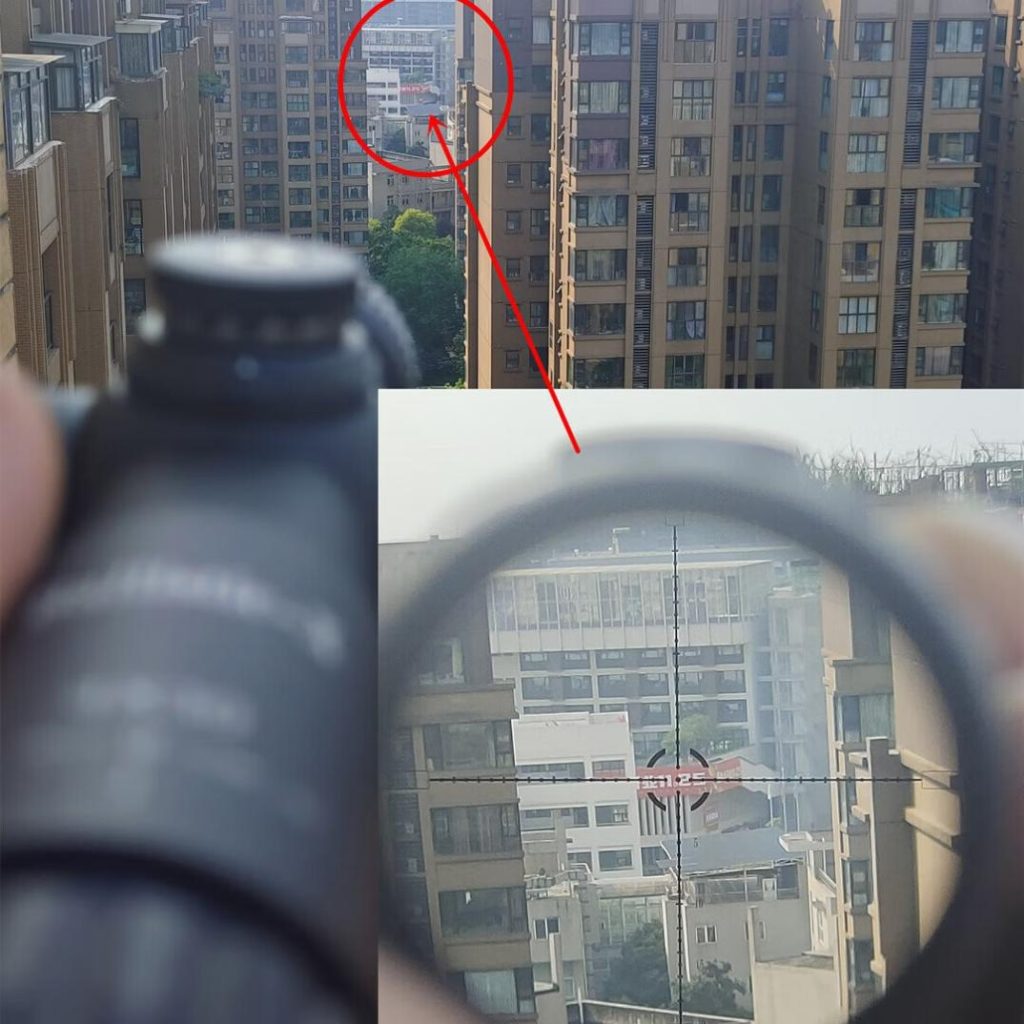
Benefits of Parallax Adjustment
Scopes equipped with parallax adjustment offer several key advantages that contribute to enhanced shooting performance.
- Improved Accuracy: The most significant benefit of parallax adjustment is the elimination or minimization of parallax error. By adjusting the scope to ensure that the image of the target and the reticle are on the same focal plane for a specific shooting distance, the apparent movement of the reticle is eliminated. This ensures that where you see the reticle is truly where the bullet will impact (assuming all other factors are correct). This is particularly critical at longer ranges where even a small amount of parallax can translate to inches or even feet of error on the target. For instance, a scope with significant parallax error at 500 yards might show a 1-inch reticle shift with a minor head movement, potentially causing a miss on a vital zone.
- Sharper Image: Many parallax adjustment mechanisms also function as a focus adjustment for the target image. By rotating the adjustable objective or side parallax knob, the shooter can bring the target into crisp focus for their specific shooting distance. A sharp, clear image not only makes aiming easier and more comfortable but also allows for better identification of fine details on the target, which can be crucial in competitive shooting or hunting scenarios. Imagine trying to distinguish the scoring rings on a target at 300 yards with a blurry image versus a crystal-clear view – the difference in precision is substantial.
- Versatility for Different Shooting Disciplines: Scopes with parallax adjustment offer greater versatility across various shooting disciplines and distances. Fixed parallax scopes are typically set for a specific distance (often 100 or 150 yards), making them less ideal for shooting at significantly different ranges. Parallax-adjustable scopes, on the other hand, can be fine-tuned to the specific distance of the target, whether it’s a close-range airgun target, a mid-range hunting shot, or a long-range steel plate. This adaptability makes them a valuable asset for shooters who engage in diverse shooting activities.
Then, let’s know how does parallax adjustment work.
Types of Parallax Adjustment in Scopes
Rifle scopes employ three primary methods to address parallax: Adjustable Objective (AO), Side Parallax Adjustment, and Fixed Parallax. Each operates on a different principle and offers distinct advantages and disadvantages.
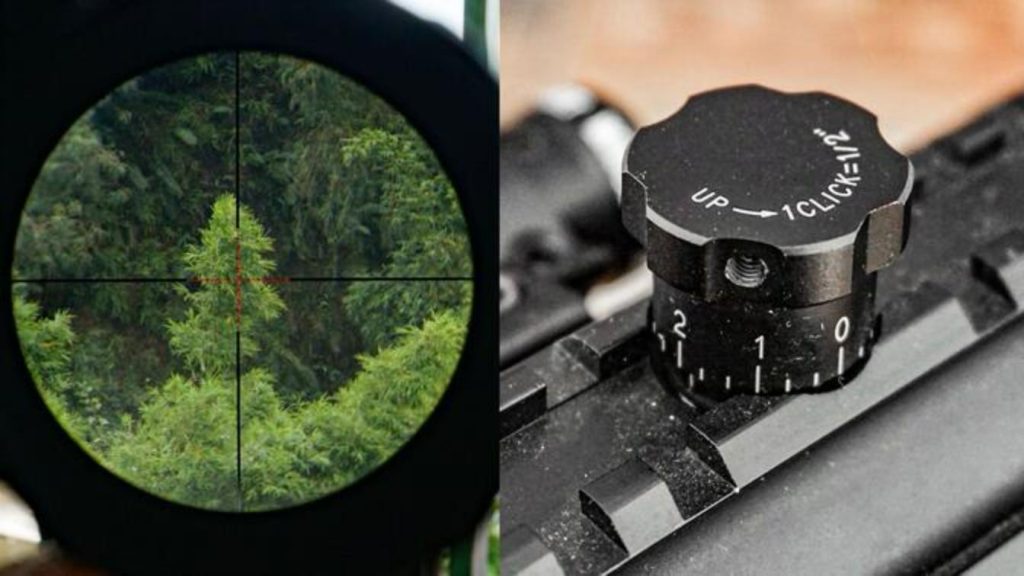
How Does Parallax Adjustment Work
Adjustable Objective (AO): Scopes with an adjustable objective feature a rotating ring located at the front (objective) end of the scope. This ring allows the shooter to physically move the objective lens element forward or backward, thereby changing the internal focal point of the scope. By rotating the AO ring, the shooter adjusts the image plane to coincide with the reticle plane for the specific distance to the target. Typically, the AO ring is marked with approximate distance graduations, although achieving precise parallax correction often requires the shooter to adjust the ring until the target image is sharpest and any reticle movement relative to the target disappears when the eye is moved slightly. The working principle relies on physically altering the optical path within the scope to bring the image and reticle into the same focal plane at the desired distance.
Side Parallax Adjustment: Side parallax adjustment, often found on higher-end scopes, utilizes a knob typically located on the left side of the scope’s turret housing. This knob controls an internal lens element or system that adjusts the focal plane, similar to an AO, but without the need to reach to the front of the scope. Like AO scopes, side parallax knobs are often marked with distance graduations, but fine-tuning by observing the reticle’s stability against the target while moving the eye is the most accurate method. The internal mechanism shifts lens elements within the scope body to achieve the alignment of the image and reticle planes at the chosen distance.
Fixed Parallax: Many less expensive or specialized scopes feature fixed parallax, meaning the parallax is set at a specific factory distance, commonly 100 or 150 yards. In these scopes, the internal optical elements are fixed in place and cannot be adjusted by the user. While this simplifies the scope’s design and reduces manufacturing costs, it also means that parallax error can be present when shooting at distances significantly different from the factory setting. These scopes are generally suitable for shooting at or near the fixed parallax distance, where the parallax error will be minimal.
Here are the comparison of these three methods:
| Feature | Adjustable Objective (AO) | Side Parallax Adjustment | Fixed Parallax |
| Operating Position | Front of the scope | Side of the scope body | No adjustment possible |
| Accuracy | High | High | Limited by fixed distance |
| Ease of Use | Can be less convenient | More convenient | Simplest |
| Speed of Adjustment | Slower | Faster | / |
| Typical Applications | Rimfire, airguns, some centerfire | Hunting, target shooting, long-range | Hunting (common distances), rimfire |
| Sealing | Can be more challenging to seal | Generally well-sealed | Generally well-sealed |
| Cost | Typically lower than side parallax | Typically higher | Lowest |
| Image Sharpness Adjustment | Often integrated | Often integrated | Fixed at one distance |
| Ergonomics | Can disrupt shooting position | Less disruptive | / |
Advantages and Disadvantages:
Adjustable Objective (AO):
It is generally more affordable than side parallax scopes, and often provides excellent parallax correction and image sharpness adjustment. But it can be less convenient to adjust, especially while maintaining a shooting position; the large rotating objective can sometimes be more susceptible to damage or affect the balance of the rifle.
Side Parallax Adjustment:
It is more ergonomic and faster to adjust without significantly disrupting the shooting position, and is often found on higher-quality scopes with robust sealing. But typically more expensive than AO scopes.
Fixed Parallax:
This type has the simplest design, is most affordable, fewer moving parts means potentially greater durability. But the parallax error can be significant at distances far from the fixed setting, no ability to optimize image sharpness for different distances.
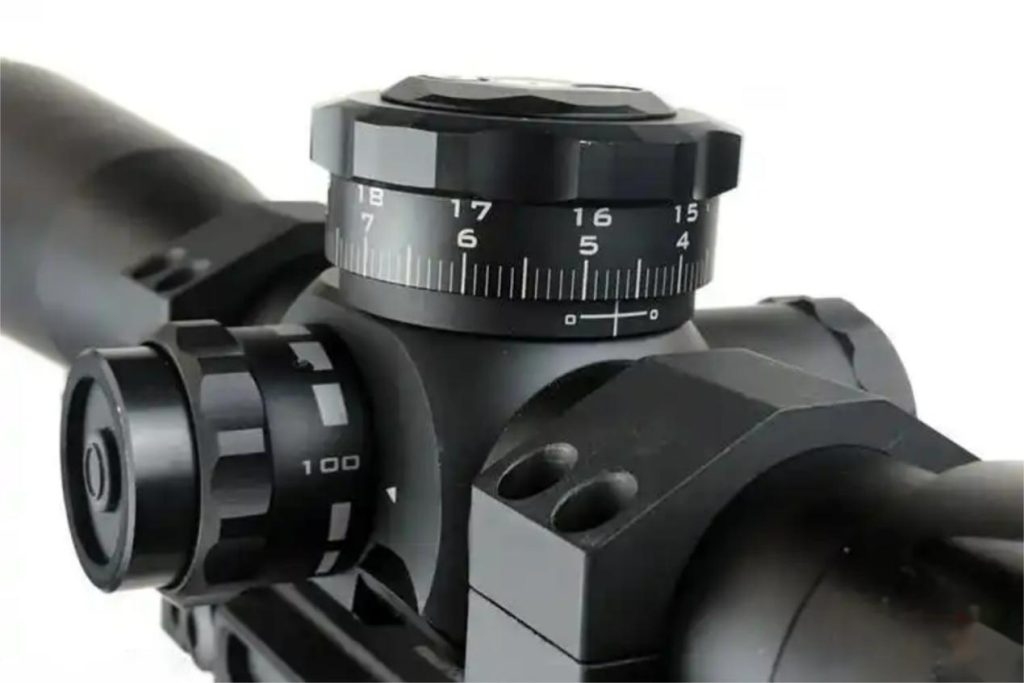
Are Scopes with Parallax Adjustment Worth the Cost?
The price range for rifle scopes with parallax adjustment varies significantly depending on the brand, features, and overall quality. Generally, scopes with adjustable objectives tend to start at a slightly higher price point than comparable fixed parallax scopes, while scopes with side parallax adjustment often occupy a higher price tier. You might find basic AO scopes starting around $150-$300, while side parallax scopes can easily range from $300 to well over $1000, and high-end models can reach several thousand dollars.
The higher cost of parallax-adjustable scopes is justified by several factors beyond just the parallax adjustment mechanism itself. These scopes often incorporate higher-quality glass for superior clarity and light transmission, more precise internal mechanisms for accurate adjustments, more robust construction for durability, and additional features like illuminated reticles or more sophisticated turret systems. The inclusion of a parallax adjustment feature often signifies a commitment to precision and versatility in the scope’s design.
The necessity of parallax adjustment largely depends on the shooter’s specific needs and the type of shooting they engage in.
- Long-Range Shooters and Precision Target Shooters: For individuals consistently shooting at distances beyond 200 yards, or those participating in precision shooting competitions where even minute errors can cost points, a scope with parallax adjustment is highly recommended, if not essential. The ability to eliminate parallax at various distances ensures consistent accuracy and maximizes the potential of both the rifle and the shooter.
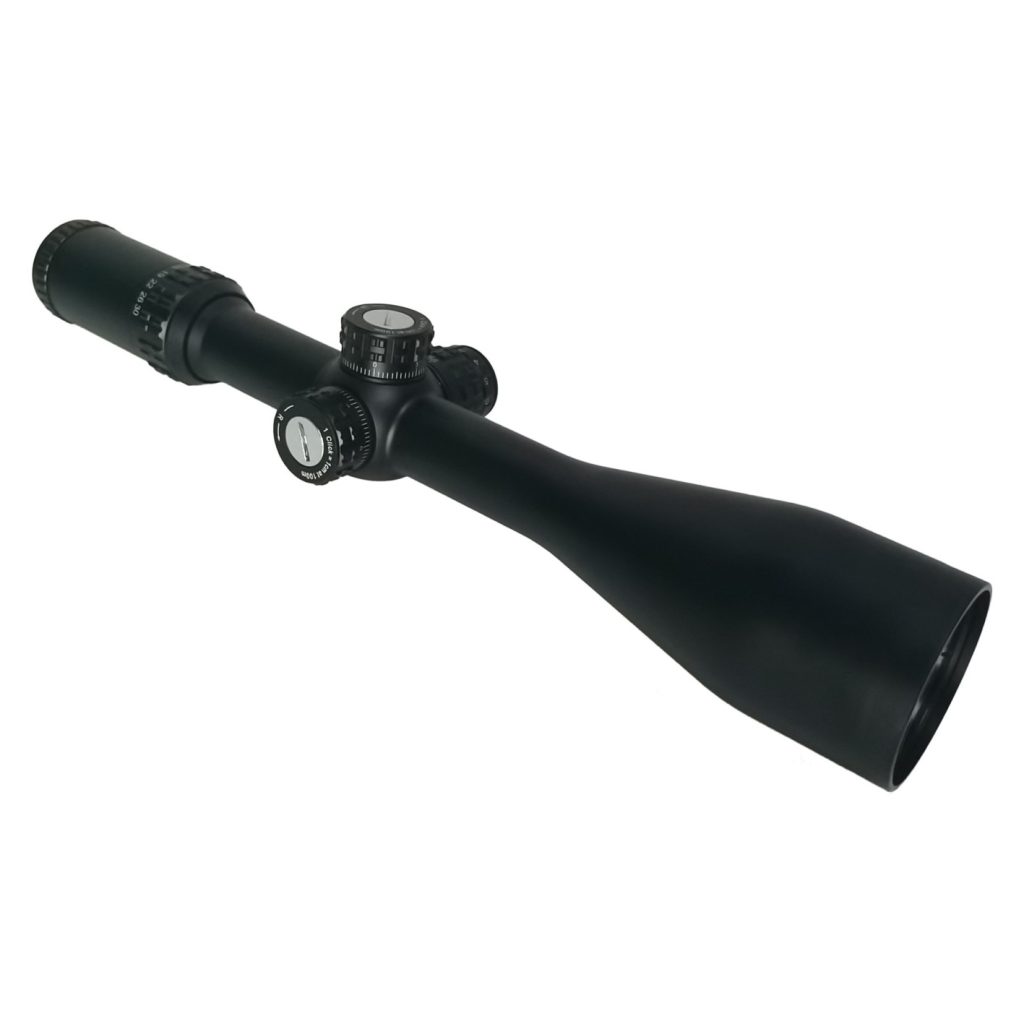
- Hunters: The value of parallax adjustment for hunters depends on the typical engagement distances and the size of the target’s vital zone. For hunters primarily taking shots within 200 yards on larger game, a high-quality fixed parallax scope might suffice. However, for varmint hunters engaging smaller targets at varying distances, or for big game hunters who may encounter longer shots, the scope ability to adjust parallax can significantly improve accuracy and confidence.
- Short-Range Shooters (e.g., Rimfire at 50-100 yards): While parallax can still be a factor at shorter ranges, a well-made fixed parallax scope set for these distances can often provide acceptable accuracy. However, even at these ranges, eliminating parallax can lead to tighter groups, especially for competitive rimfire shooting or when using high magnification.
Ultimately, the decision of whether a scope with parallax adjustment is worth the cost involves weighing the benefits against the budget and the intended use. If consistent accuracy at varying distances is a priority, the investment in a parallax-adjustable scope is likely to be worthwhile.
Tips for Choosing a Scope with Parallax Adjustment
Selecting the right scope with parallax adjustment requires careful consideration of several factors to ensure it meets your specific shooting needs and budget.
Key Factors to Consider:
- Brand Reputation and Quality: Opt for reputable brands known for producing high-quality optics with reliable adjustments. Reading reviews and researching different manufacturers can provide valuable insights into the durability and performance of their scopes. Foreseen is one of the reliable manufacturer and supplier of optic products.
- Optical Quality: Examine the clarity, brightness, and edge-to-edge sharpness of the glass. Higher-quality glass will provide a clearer and more detailed image, which is crucial for accurate shooting, especially at longer ranges.
- Adjustment Mechanism (AO vs. Side Parallax): Consider the ergonomics and your preferred shooting style. Side parallax is generally more convenient for quick adjustments without significantly disrupting your shooting position, while AO might be more budget-friendly.
- Magnification Range: Choose a magnification range that suits your intended shooting distances and applications. Higher magnification is beneficial for long-range shooting and target identification, while lower magnification offers a wider field of view for closer-range or faster-moving targets.
- Reticle Design: Select a reticle that is appropriate for your shooting discipline and personal preference. Consider features like dots, MOA-based markings, or illuminated reticles if they align with your needs.
- Durability and Construction: Ensure the scope is robustly built and well-sealed to withstand the rigors of field use and varying weather conditions.
- Budget: Determine your budget beforehand and try to find the best balance of features and quality within that range. Remember that investing in a higher-quality scope can often lead to better long-term performance and satisfaction.
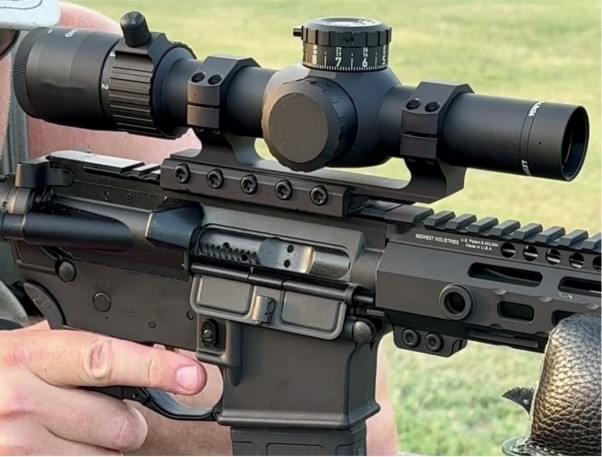
Understanding Your Shooting Needs and Style:
Before making a purchase, honestly assess your typical shooting distances, the types of targets you engage, and your preferred shooting style. If you primarily shoot at fixed distances within 150 yards, a high-quality fixed parallax scope might be sufficient. However, if you frequently shoot at varying distances or prioritize maximum precision, a parallax-adjustable scope is a wise investment.
How to Balance Cost and Features Effectively:
Strive to find a scope that offers the essential features you need without overspending on unnecessary extras. Focus on optical quality, reliable adjustments (including parallax), and durable construction within your budget. Sometimes, opting for a slightly less feature-rich model from a reputable brand can be a better long-term investment than a heavily featured but lower-quality scope from an unknown manufacturer. Research and compare different models and read user reviews to make an informed decision.
Final Thoughts
In the pursuit of accuracy, especially at varying distances, parallax is a subtle yet significant factor that can hinder even the most skilled shooter. Rifle scopes equipped with parallax adjustment offer a valuable solution by allowing the shooter to align the target image and reticle on the same focal plane, effectively eliminating parallax error. While these scopes often come with a higher price tag compared to their fixed parallax counterparts, the benefits of improved accuracy, sharper image quality, and enhanced versatility across different shooting disciplines can justify the cost for many shooters. By understanding the different types of parallax adjustment, carefully considering individual shooting needs and budget, and prioritizing quality and essential features, shooters can make an informed decision and determine if a scope with parallax adjustment is a worthwhile investment in their pursuit of precision.

